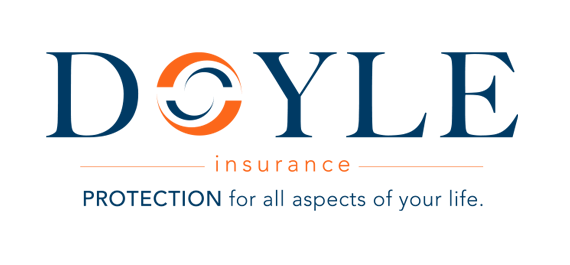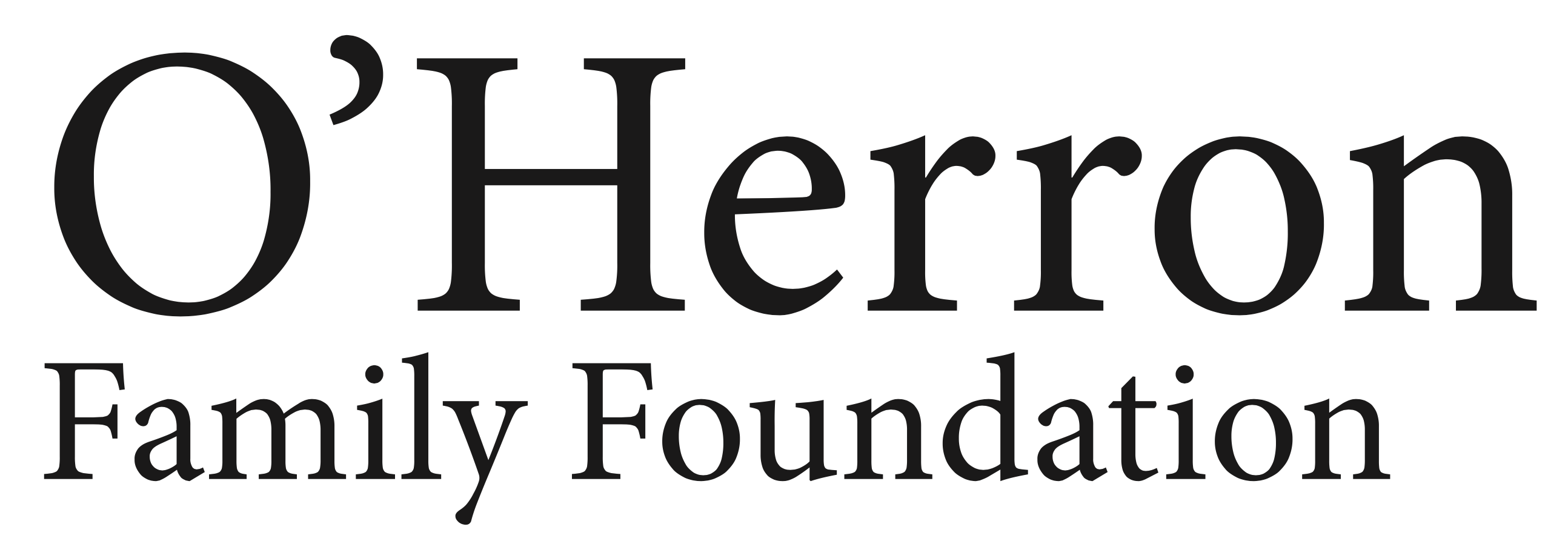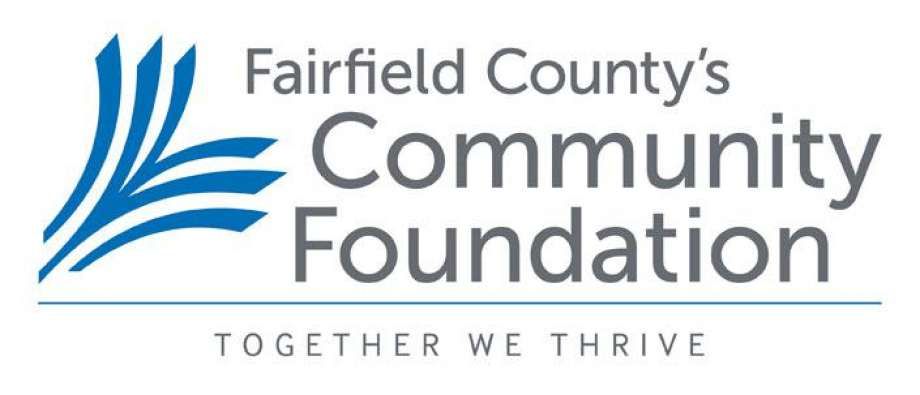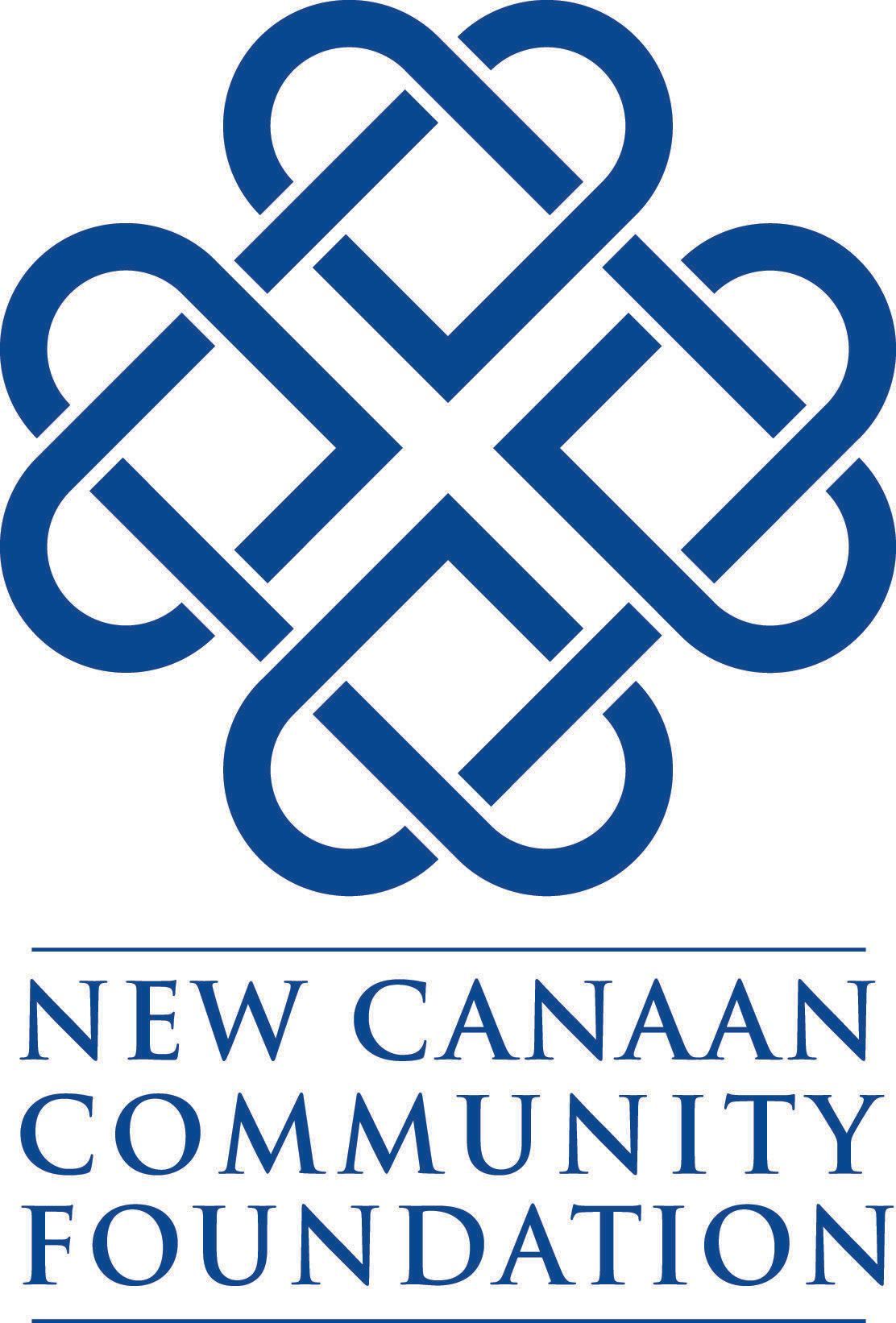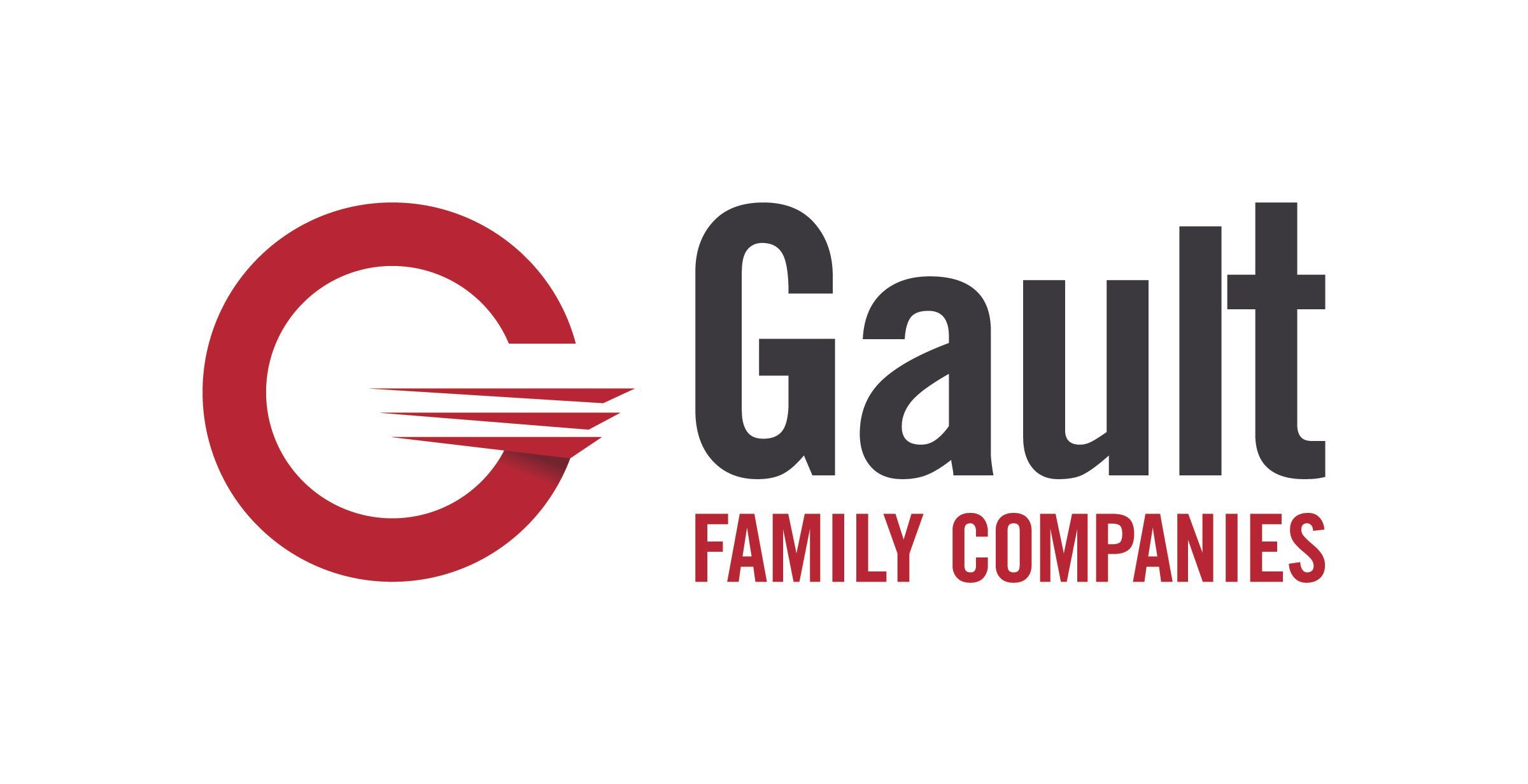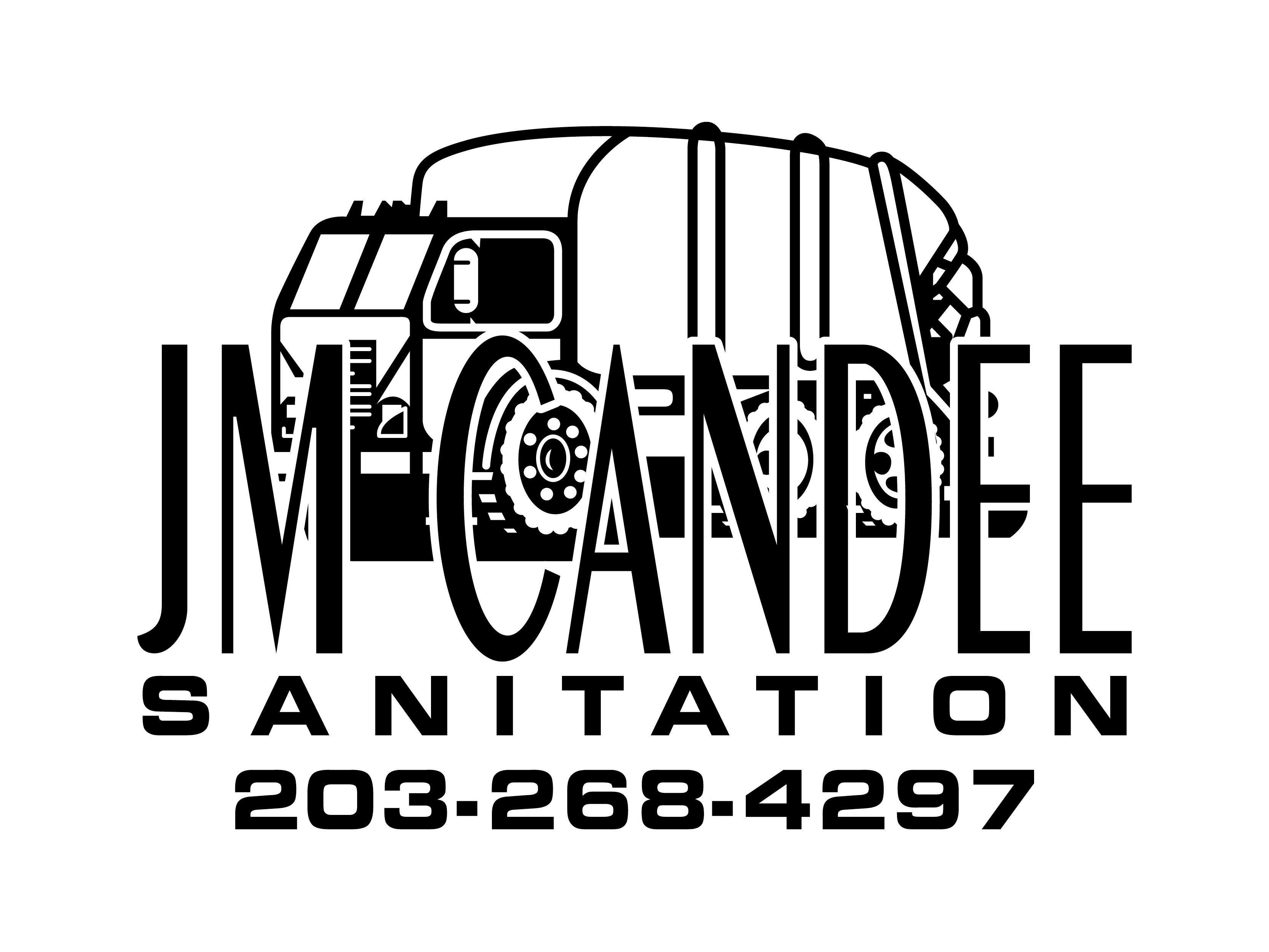Resources for Parents
The beginning of treatment is often an overwhelming time for the patient, siblings, and parents. We’re here to help.
How to Care For Your Child At Home
Going home for the first time after your child's diagnosis can involve mixed emotions. Now that your child’s treatment has started, you need to be prepared for how to care for your child at home. Below are answers to a few practical questions about your home, siblings, and visitors.
How do I keep my child safe from germs?
- Be selective of visitors you allow in your home. Your child’s health is your top priority, and their ability to fight off germs will be limited throughout the duration of their treatment.
- Hand washing is key! Keep a roll of paper towels at every sink for hand drying, and keep hand sanitizer with you when you are out.
- Use Clorox wipes for common items like the phone, computer keyboards, hand-held games, or TV remotes.
- Fill the bathtub with warm water and a cup of Clorox and give all your child’s favorite plastic toys a bath. Then when they are ready to play, the toys will be ready for them!
What about visitors?
Visits from friends and family can be very healing but also exhausting. Set limits in advance on how many visitors at once and how long they can stay.
What foods can my child eat?
You will need to check with your physician regarding your child’s specific dietary limitations, but here are some best practices:
- Please check with your physician regarding the consumption of raw or undercooked proteins and sushi. It is likely that your child’s ability to eat these foods will be limited or not allowed.
- If your child Is allowed to eat uncooked fruits and vegetables - make sure they are washed thoroughly!
- Deli meats are likely okay, but you can always ask the market to clean the machine for you or use pre-packaged meats.
- Do not hesitate to share your child's condition with your favorite restaurants
What side effects should we be prepared for?
- Nausea and vomiting are common side effects of chemotherapy. You may want to keep a 'bucket' handy - especially in the car. You may find that once nausea passes, your child will be ready to play and eat again, sometimes right away.
- Fever is critical - you may be advised to check your child’s temperature frequently, and as always, listen to how your child is feeling. A fever of 100.4 can be urgent for a child with cancer and will require a call to their doctor. Do not give over-the-counter medications for a fever during treatment without consulting your doctor first.
When can my child go back to school?
In most cases, the first few months of treatment require multiple trips to the clinic every week which makes going back to school full-time difficult. Every child’s treatment requires different precautions… some may be back at school within a month or two, and others may need to stay away from school for longer.
- Ask your Child Life Specialist about their back-to-school programs – they can help to educate your child’s classmates on what to expect and help you inform the school of your child’s educational needs.
- When your child is ready to go back to school be sure to inform them of your child's treatment protocol and set up a plan. This may include a “504” plan, which allows you to request homework be emailed home, an extra set of books for your child to use, permission to wear a hat, and other accommodations.
Financial Information/Social Security Benefits
If your child has been diagnosed with cancer, the last thing on your family’s mind should be your finances. Unfortunately, cancer treatments for children can cost over $500,000, which does not include the additional expense of gas for driving to and from the hospital or hiring sitters for other children. To help alleviate the financial burden that thousands of families experience every year, the Social Security Administration (SSA) offers monthly benefits for children with advanced forms of cancer.
What is Supplemental Security Income?
Supplemental Security Income, or SSI, is a form of disability benefit offered by the SSA for lower-income adults or children. Although children of any age can qualify for SSI benefits, your family’s household income will be evaluated when applying. If you or your spouse have a high income, your child will not qualify. The SSA has a rough outline of how much your household can earn per month and still have a child that qualifies for SSI.
The maximum monthly SSI payment your child could receive is $733, although most children receive around $500. Some states choose to supplement these payments though, so your total payment may be higher. Children on SSI can often qualify for Medicaid as well. Most states will automatically enroll children into Medicaid after the child is approved for SSI. This resource will show you if your state approves SSI applicants for Medicaid.
How does my Child Medically Qualify?
Whenever the SSA evaluates an application, it uses a medical guide known as the Blue Book. The Blue Book lists hundreds of disabilities that could qualify for benefits, and exactly which test results or symptoms are needed to qualify.
Childhood cancer is in Section 113.00 of the Blue Book. Each form of cancer has different qualifications for disability benefits. For example, a diagnosis of any malignant solid tumor will qualify for at least 24 months, but cancer of the eye must have spread to other regions of the body or resist treatment for your child to qualify. Be sure to review the listing with your child’s oncologist to see if he or she qualifies.
Compassionate Allowances and Childhood Cancer
The SSA will quickly approve some conditions that are clearly in need of financial assistance. This list of conditions is known as the “Compassionate Allowance List.” Most forms of childhood cancer will qualify for a Compassionate Allowance if one of the following is met:
- Your child’s cancer has spread beyond its local point of origin
- Your child’s cancer is inoperable
- Your child’s cancer has returned despite treatment
Children who qualify for a Compassionate Allowance are approved much more quickly than typical applicants. Instead of waiting for months or longer, your child can be approved in as little as 10 days if diagnosed with an advanced stage of cancer.
Applying for Benefits on Behalf of your Child
The first stop for any parent applying for a child should be the SSA’s Child Disability Starter Kit. It will outline everything you will need to apply, from forms that need to be filled out to financial and personal documents you’ll need to present to the SSA.
To complete the application for your child, you’ll need to stop by your closest SSA office for an interview. You can schedule an appointment by calling your nearest office or calling the SSA’s national number at 1-800-772-1213.
This information was culled from Social Security Disability Help. For any additional information, please email them at help@disability-benefits-help.org or call them at 857-366-7629.





